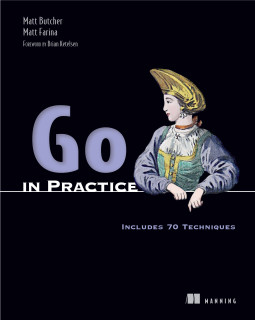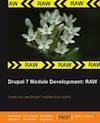

And then have Doxygen create a list like it does for \bug and \todo. Basically in my code I want to be able to write something like. By default, the stub generation is set to XML Doc Comments. I did find the ALIAS configuration file option but that does not do exactly what I need. Whether you’re using Doxygen or XML Doc Comments, Visual Studio version 16.6 Preview 2 provides automatic comment stub generation as well as Quick Info, Parameter Help, and Member List tooltip support. To make these blend in better with the rest, it is recommended to adjust the doxygen color settings to something that matches the chosen color-scheme. I am trying to figure out if there is a way to create a custom tag using Doxygen. The theme overrides most colors with the -primary-color-* variables.īut there is a few small images and graphics that the theme cannot adjust or replace. If you miss a configuration option or find a bug, please consider opening an issue! You can override this behaviour so they are visible all the time. To make the content fill the whole page, set the following variable to auto.īy default the arrows in the sidebar are only visible on hover. The content is centered and constrained in its width. Will affect many components, like dropdowns, memitems, codeblocks. Most ui components reference these values for spacing, to provide uniform spacing on the page.īorder radius for all rounded ui components. īackground and foreground (text-color) of the documentation.ĭefault spacings. This will affect the entire websites color scheme: links, arrows, labels. All variables are defined at the beginning of the stylesheet. To explore all available variables, have a look at the CSS starting from here. * \return The error return code of the function.The following list gives an overview of the variables defined in doxygen-awesome.css. * \param c Description of the parameter c. * \param b Description of the parameter b. * so you do not really need to read this section.

There is nothing which really needs your notice, * \note This text shall only show you, how such a \"note\" section Note: environment variables (like (HOME) ) are resolved inside a HTML-only block. You can use the latexonly and endlatexonly pair to provide a proper alternative. applets, java-scripts, and HTML tags that require attributes). * because this text is basically saying nothing. This command can be used to include HTML code that is too complex for doxygen (i.e. * is totally senseless and you really do not need to read this, * \details This function does something which is doing nothing. Details followĪnd finally here an example for a full documentation of a function with doxygen: /** / Brief description which ends at this dot. If JAVADOC_AUTOBRIEF is set to YES in the configuration file, then using JavaDoc style comment blocks will automatically start a brief description which ends at the first dot followed by a space or new line. This command ends at the end of a paragraph, so the detailed description follows after an empty line. One could use the \brief command with one of the above comment blocks. * A brief description in one short sentence.įor the brief description there are also several possibilities: * \brief A brief description in one short sentence. All commands in the documentation start with a backslash () or an at-sign example /** To structure and fomat the generated documentation, Doxygen provides a large number (> 170) of special commands.

Note the 2 slashes to end the normal comment block and start a special comment block. Some people like to make their comment blocks more visible in the documentation. The next alternative is to use the Qt style and add an exclamation mark (!) after the opening sequence of a C-style comment block: /*!Ī third alternative is to use a block of at least two C++ comment lines, where each line starts with an additional slash or an exclamation mark: /// The first and most common one are C style comments with an extra asterisk in the comment start sequence, e.g.: /** There are several ways to mark a comment block as a detailed description, so that this comment block is parsed by Doxygen and added as a description of the following code item to the documentation.


 0 kommentar(er)
0 kommentar(er)
